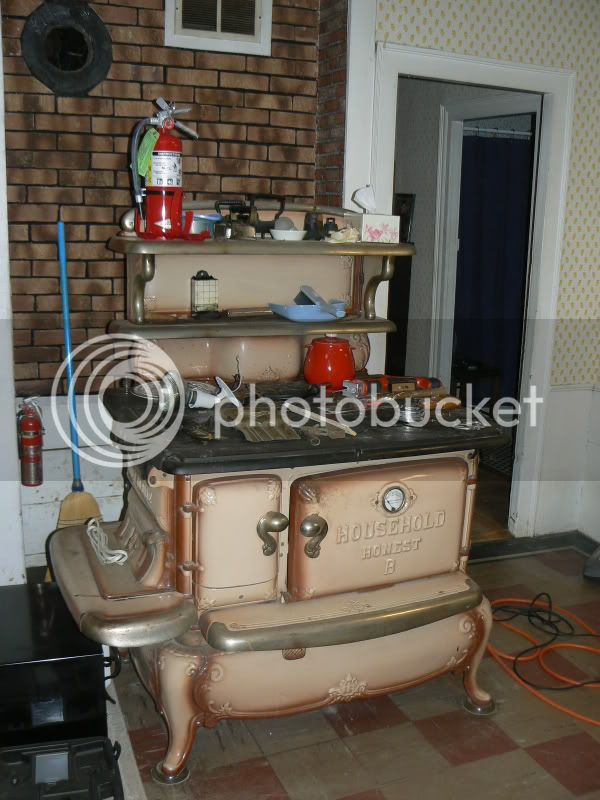cookstove heat
While maybe not the absolute most efficient way to heat, my Crawford Century tosses of some significant BTUs. The sheer size of the contraption means that, once hot, there's a lot of hot cast iron radiating heat. And if you're not cooking, you can open up the oven door periodically, which produces a rush of 375 degree air into the kitchen.
The drawback is the small firebox, which can't sustain an all-night burn, even when banked with a full boxful topped over with a thin layer of wood ash to slow the burn. When it's hot and running during waking hours, there's not much difference, aside from needing to toss in a stick of wood with greater frequency. If I bank at 11:30 before turning in, the oil furnace usually will kick in at 3:30am and run until we fire up in the morning.
For someone absolutely dedicated to a petro-free method of heating, a cookstove is a great second stove to supplement an outdoor or cellar-type furnace.
Sincerely yours,
woodbooga
Lake Winnipesaukee, NH





